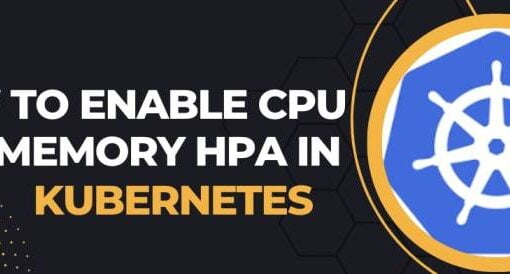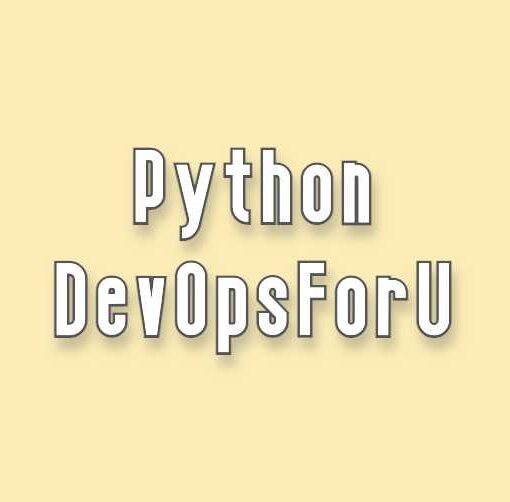
Kubernetes is a popular open-source container orchestration system that allows users to deploy, scale, and manage containerized applications. However, as with any system, securing Kubernetes clusters is crucial to ensure the safety of your data and applications. Securing a Kubernetes cluster involves several different areas, such as securing the control plane, securing communication between nodes and pods, and securing the containers and applications running on the cluster. Here is a Kubernetes security checklist of some key security best practices to consider when deploying and managing clusters:
1. Use role-based access control (RBAC) to limit access to the Kubernetes API
RBAC allows you to define roles and permissions for different users and groups, ensuring that only authorized users can access and manage the Kubernetes resources. For example, you can create a role that only allows access to specific namespaces and resources, or a role that only allows read-only access.
2. Secure ETCD by using secure connections, client certificates, and access controls.
ETCD is the backend data store for Kubernetes, and it contains all the cluster’s configuration and state data. It’s important to secure ETCD by using secure connections and client certificates to encrypt communication and authenticate clients. You can also use access controls to limit who can access and modify ETCD data.
3. Use network segmentation to limit communication between pods and nodes
Network segmentation is the process of dividing a network into smaller, isolated segments to limit communication between different parts of the network. In Kubernetes, you can use network policies to restrict communication between pods and services, ensuring that only authorized traffic is allowed. For example, you can use a network policy to only allow communication between pods in the same namespace.
4. Use pod security policies to restrict the actions that pods can perform and the resources they can access
Pod security policies are a Kubernetes feature that allows you to specify the security context for pods, including the users and groups that can run the pod, the privileges and capabilities of the pod, and the resources that the pod can access. For example, you can use a pod security policy to only allow pods to run as a specific user or group, or to limit the resources that a pod can consume.5.
5. Use secrets to store sensitive information, and use Kubernetes’ built-in encryption features to protect that data.
Secrets are Kubernetes resources that can be used to store sensitive information, such as passwords, tokens, and certificates. Kubernetes’ built-in encryption features can be used to encrypt this data at rest, ensuring that it is protected from unauthorized access.
6. Regularly audit and monitor Kubernetes resources and the cluster’s overall security posture.
Monitoring and auditing your Kubernetes resources is crucial for identifying and addressing security issues. You can use Kubernetes’ built-in logging and monitoring features to keep track of resource usage, configuration changes, and security events.
7. Use network policy to restrict communication between pods and services
Network policies are Kubernetes feature that allows you to define the allowed communication between pods and services in your cluster. This allows you to restrict communication to only the necessary traffic, helping to minimize your attack surface.
8. Regularly patch and update Kubernetes and all related components
Keeping your Kubernetes cluster and all related components up to date is important for addressing security vulnerabilities and bugs. Make sure to regularly patch and update your cluster to ensure that it is running the latest and most secure version.
9. Control access to the Kubernetes Dashboard and other web UIs
Web UIs like Kubernetes Dashboard should be protected by authentication and authorization mechanisms. You should also monitor the access logs of the web UIs for any suspicious activity.
10. Regularly backup ETCD data and keep them in a secure location.
This ensures that in the event of data loss or corruption, the etcd cluster can be restored to a known good state. It is also important to regularly test the backups to ensure they can be successfully restored.
To learn more about securing Kubernetes clusters, you can refer to the Kubernetes documentation on security best practices: https://kubernetes.io/docs/concepts/security/
Also, the Center for Internet Security (CIS) Kubernetes Benchmark provides a set of recommendations and best practices for securing Kubernetes clusters: https://www.cisecurity.org/benchmark/kubernetes/
By following these best practices, you can help ensure that your Kubernetes clusters are secure and that your applications and data are protected.
You can also follow the “Kubernetes 1.26 Installation” article to have a Kubernetes installation.
This article is created based on experience but If you discover any corrections or enhancements, please write a comment in the comment section or email us at contribute@devopsforu.com. You can also reach out to us from Contact-Us Page.
Follow us on LinkedIn for updates!





